Our Location
304 North Cardinal St.
Dorchester Center, MA 02124
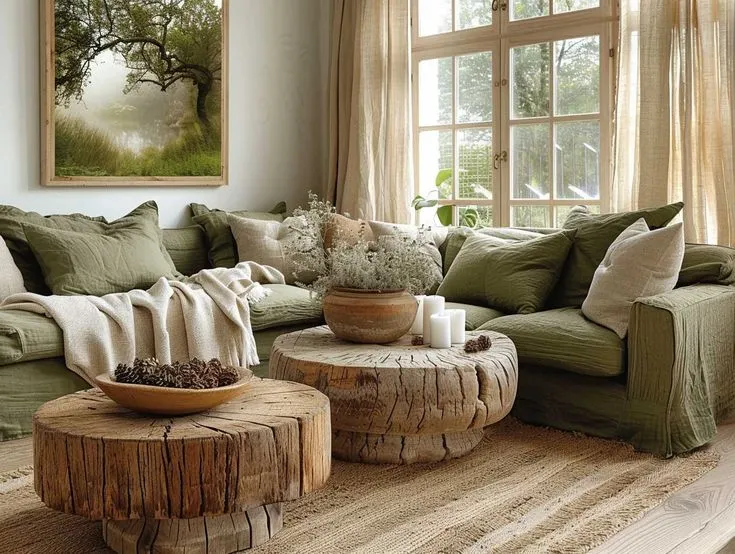
The world of residential interior design is undergoing a profound transformation in 2025_ with nature, inspired aesthetics taking center stage. This movement goes beyond simple decoration, it represents a fundamental shift in how we conceptualize living spaces_ blending biophilic principles with modern Functionality. As urbanization accelerates and digital lifestyles dominate, homeowners increasingly Seek refuge in designs that reconnect them With the natural world. The current trends in residential interior design emphasize organic textures_ earthy color palettes_ and sustainable materials that work together to create harmonious environments.
From the revival of Ancient building techniques to innovative Uses of recycled materials_ every aspect of home design is being Reconsidered through an ecological lens. This comprehensive guide explores fifteen key elements that define this movement_ offering practical advice for creating spaces that are not only visually stunning but also promote wellbeing and environmental responsibility.

Modern residential interior design increasingly recognizes the profound Psychological Benefits of nature_inspired spaces. Research in environmental Psychology demonstrates That incorporating natural elements into our living environments_ can reduce stress, Enhance creativity_ and improve overall well being. In 2025_ designers are taking this knowledge further by creating spaces that engage all senses_ from visual connections to nature through large windows and indoor gardens_ to tactile experiences with raw_ textured materials.
The sound of water features_ the scent of natural wood, and even the temperature_regulating properties of materials like stone and clay all contribute to creating Truly therapeutic Environments. This holistic approach to Residential interior design represents a Departure from purely aesthetic considerations_ instead focusing on how spaces make us Feel and function.
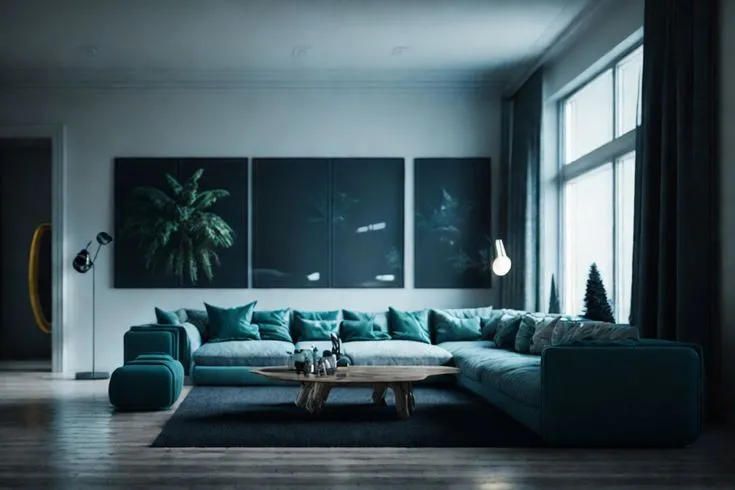
The color schemes defining 2025_s residential interior design trends draw direct inspiration from natural Landscapes. Gone are the stark Whites and cool grays of previous decades – instead, warm, earthy tones create inviting, grounded spaces. Terracotta_ ochre_ sage green_ and warm beiges dominate palettes_ often complemented by deeper accents of Forest green or slate blue.
These colors dont just look beautiful_ they create specific psychological effects_ with warmer tones promoting Sociability in living areas and Cooler hues encouraging Relaxation in bedrooms. Advanced paint technologies now allow for truly Authentic mineral_based finishes that change subtly with the light_ mimicking the dynamic quality of natural Surfaces.

Sustainability has moved from trend to necessity in residential interior design_ with 2025 seeing remarkable innovations in eco-friendly materials. Beyond just being Environmentally responsible_ these materials offer unparalleled aesthetic qualities , the warmth of reclaimed wood_ the texture of recycled glass_ the luminosity of natural clay Plasters. Designers are increasingly specifying materials Based on their entire life cycle_ from sourcing to eventual decomposition.
Bamboo Continues to gain popularity for its rapid renewability_ while new composites made from agricultural waste offer Exciting possibilities. Even traditional Materials like stone and ceramics are being reimagined through Sustainable production methods that reduce energy consumption and waste.
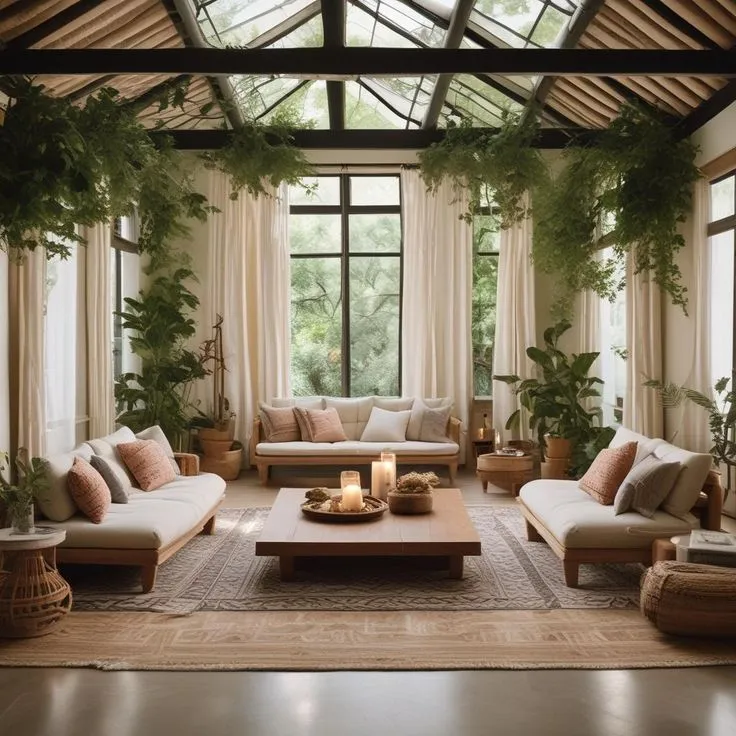
True biophilic design in residential interior design goes far beyond simply adding a few plants to a room. In 2025_ we’re seeing complete integration of nature into living spaces Through innovative approaches. Living walls have Evolved into complete vertical ecosystems_ some incorporating water features and even small habitats for beneficial insects.
Designers are creating visual pathways that guide the eye to natural elements_ whether through strategically placed windows or artful arrangements of organic materials. The soundscape of spaces is being carefully considered too_ with many homes incorporating subtle water features or natural sound systems that play forest or ocean recordings. Even air quality is Addressed through advanced ventilation systems that mimic natural Airflow patterns.
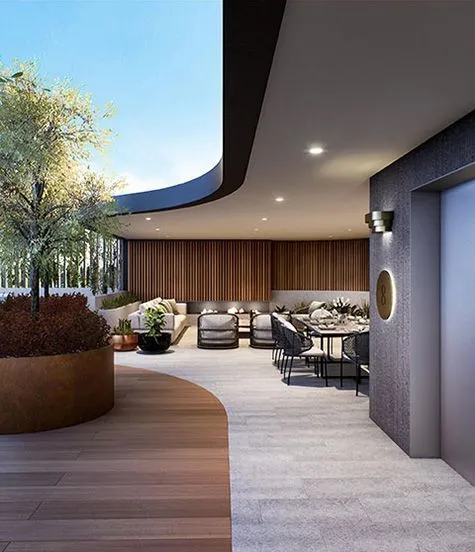
Texture plays a starring role in 2025_s residential interior design_ with surfaces designed to invite touch and create visual interest. Rough_hewn wood_ hand_troweled plaster_ nubby linens_ and hammered metals all contribute to rich_ layered interiors that feel deeply human. This trend represents a reaction against the slick_ impersonal surfaces that dominated previous decades_ instead embracing the imperfections and variations that make natural materials so appealing.
Designers are particularly focusing on creating contrast , pairing smooth marble with rough stone, or polished metal with raw wood. residential interior design Even flooring is getting the textural treatment_ with wide, plank floors showing natural grain patterns and textured tiles that feel like natural stone underfoot.
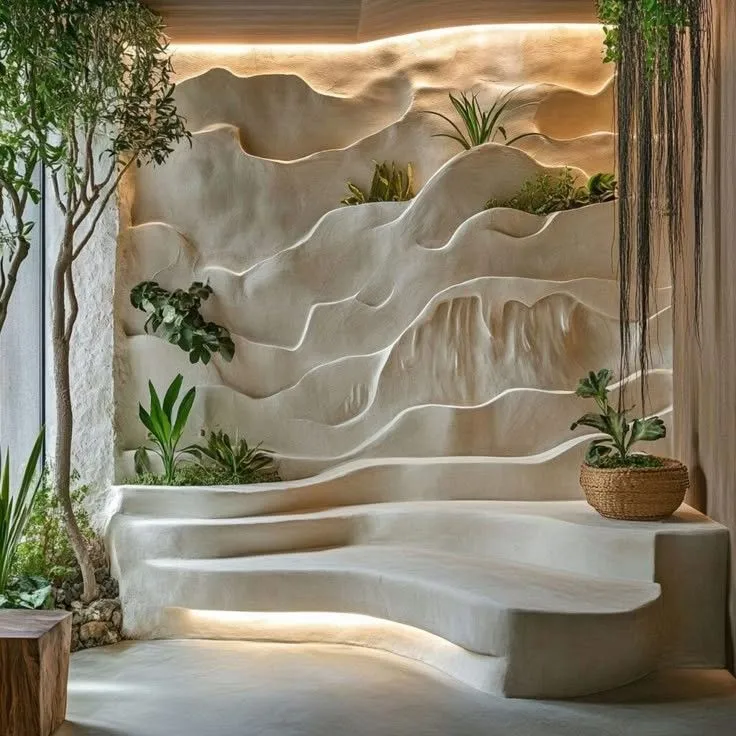
In 2025 residential interior design_ natural light is treated as a precious resource to be maximized and modulated. Architects and designers are employing innovative strategies to bring more daylight deeper into homes_ from light wells to strategically placed reflective surfaces. The quality of light is as important as the quantity_ with careful attention paid to how light changes throughout the day and seasons.
Window treatments have evolved to become more sophisticated_ with systems that automatically adjust to optimize light while maintaining privacy and thermal comfort. Even artificial lighting is being designed to Complement natural light patterns_ with tunable white systems that change color temperature to align with our circadian rhythms.

The boundary between indoors and outdoors continues to blur in forward,thinking of residential interior design. 2025 sees this concept evolving Beyond simple patio doors to complete integration of exterior and interior spaces. Retractable glass walls now span entire facades_ while flooring materials flow seamlessly from inside to out. Outdoor kitchens have become full extensions of indoor cooking spaces_ and sheltered outdoor rooms function as true Living areas year_round.
This trend reflects our growing desire to spend more time connected to nature_ even in urban environments. Designers are creating transitional spaces , like four-season porches and covered terraces , that offer protection from the elements while maintaining a strong connection to the outdoors.

Furniture design in 2025 residential interior design emphasizes flexibility_ sustainability_ and organic forms. Pieces are designed to serve multiple purposes while maintaining a strong connection to Natural materials. A dining table might convert to a work desk_ then fold down to become a console_ all crafted from beautiful sustainably sourced wood. Designers are embracing the Japanese concept of “mottainai” _ regret over waste , creating furniture that’s built to last generations and adapt to changing needs. The forms themselves are softer_ with curves inspired by natural erosion patterns rather than sharp angles.
Even the joinery reflects this philosophy_ with visible wooden connections replacing metal hardware Wherever possible.
Technology in 2025 residential interior design has become invisible yet more powerful_ working to enhance our connection to nature rather than distract from it. Smart home systems now monitor and adjust indoor environments to maintain optimal humidity_ air quality_ and even scent profiles. Lighting automatically adjusts to mimic natural daylight patterns_ while sound systems can recreate the acoustic environment of a forest or beach.
What makes this truly innovative is how seamlessly these systems integrate – sensors hidden in natural materials_ controls disguised as decorative elements. The technology serves the design_ not the other way around_ creating homes that feel deeply natural while offering cutting_edge comfort and efficiency.
Related Article Bathroom Interior Design
Focus on vertical elements like hanging plants and floor-to-ceiling curtains_ use mirrors to amplify natural light_ and choose multifunctional furniture with natural materials to maximize space.
While some premium natural materials can be costly_ many sustainable options are quite affordable. Start with paint colors and textiles_ then gradually invest in key pieces like a reclaimed wood table or energy_efficient lighting.
Absolutely! The key is balancing clean lines with organic textures , think sleek furniture in natural materials_ or minimalist spaces accented with lush greenery.
Regular care of natural materials is key – oil wood surfaces_ rotate textiles to prevent sun damage_ and keep plants healthy. Embrace natural patina as part of the charm.
Begin with paint – an earthy wall color instantly changes a room’s feel. Then add natural textures through rugs, throws, and a few well-chosen plants for immediate impact.
As we move into 2025_ residential interior design is undergoing a profound transformation_ prioritizing our innate connection to nature. These emerging trends represent more than mere aesthetic shifts_they embody a holistic approach to living spaces that actively Enhances our physical and Mental wellbeing. By embracing Nature_inspired design principles_ home Owners aren’t simply decorating spaces_ they’re cultivating Sanctuaries that rejuvenate The spirit and soothe the senses.
From Subtle Incorporations like organic Textures and earthy palettes to More significant investments in Biophilic Architecture and sustainable Materials_ each design choice contributes to Creating Healthier_ more balanced living Environments. This evolution in residential interior Design reflects a growing Recognition that our Surroundings Profoundly impact our Quality of life_ offering both visual Harmony and tangible Benefits for daily living.